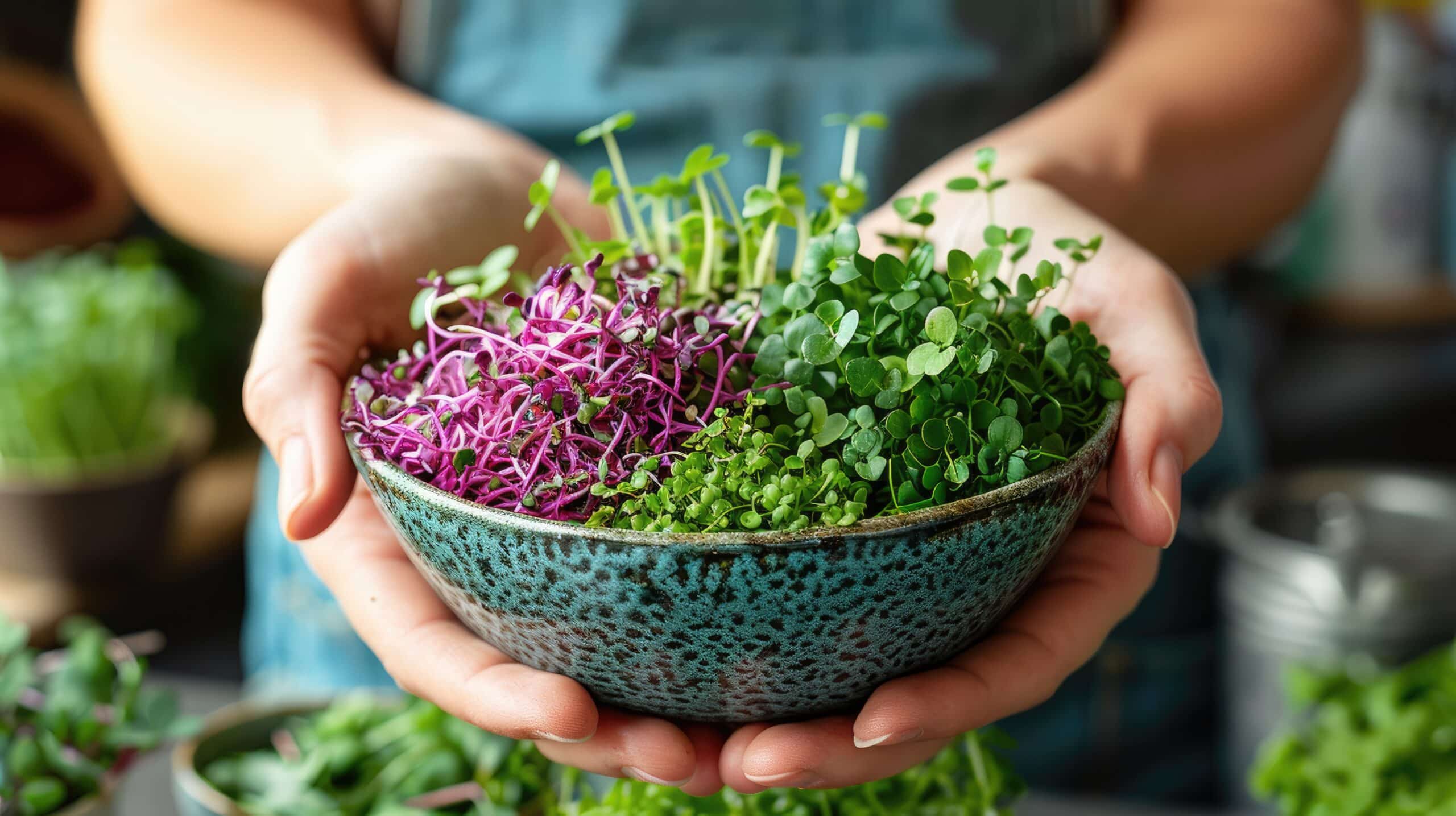Can You Use Tap Water for Microgreens?
Key Takeaways
- Tap water can be used for watering microgreens
- The quality of tap water can vary, and it is recommended to use filtered water if tap water has a high level of calcium or a very low/high pH level
- Avoid using mineralized water and instead stick to tap water or filtered water to ensure the health and growth of microgreens
When it comes to growing microgreens, one of the common questions that arises is whether tap water can be used as a watering source. In this article, we will explore the information provided by various sources to determine if tap water is suitable for growing microgreens.
Tap Water and Microgreens
Based on the information gathered, it is clear that tap water can indeed be used for watering microgreens. Several sources, such as Master Microgreens and Microgreens Corner, explicitly state that tap water is safe for microgreens. However, there are some factors to consider when using tap water.
Quality of Tap Water
While tap water is generally safe for microgreens, the quality of tap water can vary depending on location. If the tap water in your area has a high level of calcium or a very low/high pH level, it is recommended to use filtered water instead. This suggestion is mentioned by Microgreens Corner and emphasizes the importance of providing optimal conditions for microgreens to thrive.
Avoiding Mineralized Water
Another aspect to take into account is the use of mineralized water for watering microgreens. Master Microgreens advises against using spring or mineralized water as they often contain excessive minerals that can potentially harm the plants. It is best to stick to tap water or filtered water to ensure the health and growth of your microgreens.
Additional Considerations
While tap water can be used as a watering source, there are a few additional recommendations to keep in mind. Microgreens Corner suggests measuring the pH of tap water and adjusting it if necessary. This step ensures that the water’s acidity or alkalinity is within an optimal range for microgreen growth. Additionally, filtering or boiling the tap water to remove chlorine is also suggested to prevent any potential negative effects on the microgreens.
Conclusion
In conclusion, tap water can generally be used for watering microgreens. However, it is crucial to consider the quality of tap water in your area and make adjustments if necessary. Filtering or boiling the water to remove chlorine and measuring the pH to ensure it falls within the appropriate range can further enhance the success of your microgreen cultivation.
Related Websites:
FAQs:
Q: Can I use tap water for growing microgreens?
Yes, you can use tap water for growing microgreens. However, there are certain factors to consider to ensure optimal growth and avoid potential issues. These include understanding tap water composition, dealing with contaminants, and adjusting pH levels.
Q: What are the factors to consider when using tap water for microgreens?
When using tap water for microgreens, it’s important to consider factors such as the presence of chlorine or chloramine, pH levels, and the impact of hard water on nutrient absorption. By addressing these factors, you can optimize the growth of your microgreens.
Q: Are there alternatives to tap water for growing microgreens?
Yes, there are alternatives to tap water for growing microgreens. Distilled water and filtered water are commonly used alternatives. Additionally, rainwater or collected water can also be suitable options. Each alternative has its own benefits and considerations.
Q: What are the benefits and drawbacks of using distilled water for microgreens?
Distilled water is free from impurities and contaminants, making it a popular choice for growing microgreens. However, it lacks essential minerals, so you may need to supplement the nutrients in other ways to ensure proper growth.
Q: Can I use rainwater for growing microgreens?
Yes, rainwater can be used for growing microgreens. It is generally free from chemicals and can provide natural nutrients. However, it’s important to collect and use rainwater properly to avoid potential contamination or imbalance in nutrient composition.






